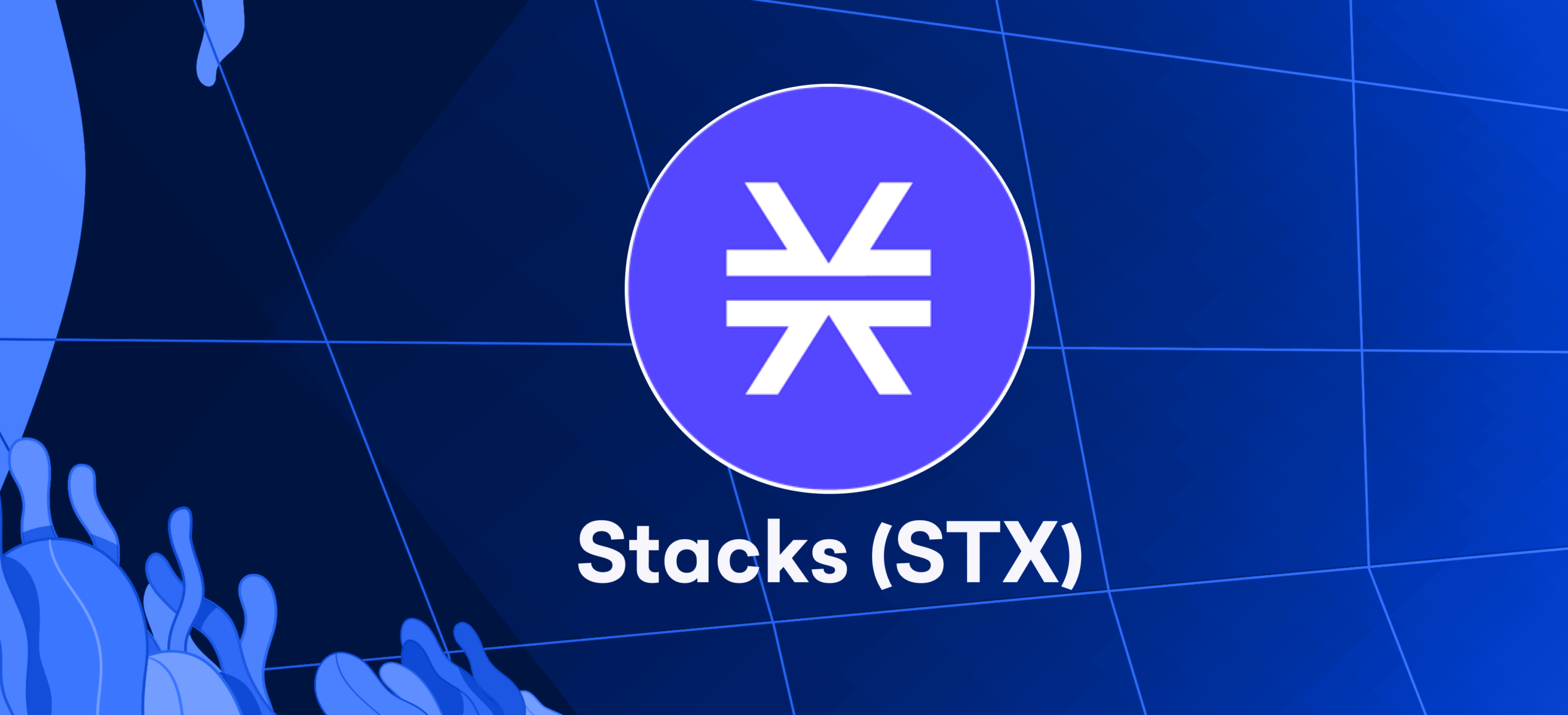
Triangular arbitrage is a sophisticated trading technique that takes advantage of price differences between three assets. To profit on price discrepancies, the trader trades one asset for a second, the second for a third, and the third for the first.
A trading strategy known as arbitrage converts market inefficiencies into profit possibilities. Crypto traders employ a variety of arbitrage tactics, including basic arbitrage, cross-border arbitrage, peer-to-peer (P2P) arbitrage, and triangle arbitrage, all of which aim to profit from price discrepancies across various marketplaces.
While most arbitrage strategies typically involve trading two markets, there is a type of arbitrage called triangular arbitrage that makes use of the price differences of three asset classes.
Understanding Triangular Arbitrage in the World of Cryptocurrencies
Triangular arbitrage exploits price differences between three distinct market assets, often cryptocurrency. The idea is straightforward: A trader trades one cryptocurrency asset for a second, a second for a third, and a third for a first asset. The process is then repeated as long as there are still pricing discrepancies.
Execution, however, is quite a different beast. Triangular arbitrage demands accurate risk management, the identification of price differences, and the simultaneous trading of multiple asset pairs. Because of how quickly values change in the volatile cryptocurrency market, traders must move swiftly to complete triangle arbitrage deals. Here’s how to identify a triangle arbitrage opportunity and how traders might profit from it.
The Mechanics of Triangular Arbitrage in Crypto
Identifying a Triangular Arbitrage chance in Crypto
Consider a scenario in which an expert trader discovers variations in the prices of three distinct assets: Bitcoin (BTC), Ether (ETH), and Tether (USDT). How can we identify whether there is a chance for arbitrage?
A trader uses USDT to purchase BTC valued at $50,000. They then purchase ETH using their BTC. Finally, they purchase USDT using ETH. An arbitrage opportunity emerges if the relative value of the USDT retained at the conclusion differs considerably from the $50,000 beginning capital.
Maximizing Profits: Leveraging Triangular Arbitrage Opportunities
Be aware that in order to profit significantly from the pricing discrepancies, cryptocurrency traders frequently need to execute transactions frequently. Traders can employ a variety of tactics to profit from price gaps depending on the price variances. They could, for instance, place a buy-buy-sell order or a buy-sell-sell order.
For example, the trader would have made 2,000 USDT in this buy-buy-sell scenario. The processes will need to be promptly repeated in order to purchase BTC with the 52,000 USDT, ETH with the BTC, and so on.
For this example, a trader would use a purchase-sell-sell strategy to buy BTC at a lower price using USDT capital, sell it for ETH at a higher price, and then sell ETH at a higher price for USDT.
Triangular arbitrage is a time-consuming, intricate method that might be challenging to carry out manually. As a result, a lot of arbitrageurs employ trading bots that carry out triangle arbitrage trading on their behalf. Such software enables traders to automate the triangular arbitrage process by being programmed to detect price discrepancies. Trading bots will make it less probable for traders to lose out on possibilities even when they aren’t keeping an eye on the markets.
Advantages of Triangular Arbitrage Strategy in Crypto
Financial opportunities
Compared to traders who trade on a single market, triangular arbitrageurs have another way to profit from the cryptocurrency market. Successful traders who can spot and execute these kinds of deals may make money not merely from price swings but also from pricing mismatches.
Reduced risk
Theoretically, arbitrageurs can lessen their exposure to any one currency by spreading their risk over a variety of assets. In turbulent markets where prices can fluctuate quickly, diversifying risk helps reduce the effect of price movements.
Triangular arbitrage does include additional dangers, which are emphasized in the following section. In order to evaluate and reduce risks, traders that try triangle arbitrage trading should also use risk management techniques.
Increased market liquidity
Triangular arbitrage improves the trading activity in various cryptocurrency marketplaces by involving three trading pairs, which might increase market liquidity. Market liquidity is a metric of a cryptocurrency market’s financial health since it measures a cryptocurrency asset’s capacity to be purchased or sold without changing its price. Liquid markets often exhibit lower volatility, which increases trading profitability by lowering risks like slippage.
Improved market efficiency
Triangular arbitrage seeks and corrects market price imbalances, like other types of arbitrage trading. As a result, trade risks may be reduced, and market prices can be stabilized.
Distinctive disadvantages of engaging in Triangular Arbitrage
Triangular arbitrage may provide certain advantages, but it’s also vital to take into account any disadvantages.
Slippage risk
Triangular arbitrage includes frequent trading when the opportunity occurs, which increases the danger of slippage. Slippage is the discrepancy between the target and realized price at which an asset is purchased or sold. It is sometimes a result of too-rapid market movement.
Triangle arbitrage requires many deals and is time-sensitive. When manually executing the third and final trade in triangle arbitrage, price disparities may have been altered by the trader. This would lead to lower income or perhaps a loss.
Timing
Although triangular arbitrage can be profitable under ideal circumstances, traders must contend with unpredictable events that may affect the timing of trades. Market volatility causes price swings before closing a deal, and exchange inefficiencies result in delays in executing trades.
Liquidity risk
You might not be able to execute the trades required to complete the triangle arbitrage if a market is too thin or has insufficient traders. Not purchasing or selling assets at the intended pricing can result in a loss for you.
Prospects for Triangular Arbitrage: A Look into the Future
Technological advancements and the introduction of new financial markets can impact the use of triangle arbitrage. The complexity of triangular arbitration may evolve, enhancing the efficiency and accuracy of executing such deals.
However, as more traders adopt triangular arbitrage as a strategy, there may be increased competition for these opportunities. This could potentially make it more challenging to profit from such arbitrage. Other variables, such as modifications to the currency markets and regulations, can also affect the profitability of triangle arbitrage.
Trades that take advantage of triangular arbitrage possibilities must be able to adjust swiftly as the financial markets change.
conclusion
Triangular arbitrage is a sophisticated trading technique that requires skilled traders to carefully evaluate multiple strategies and potential hazards. Although there are numerous advantages to this approach, it is not recommended for inexperienced beginners. They lack sufficient knowledge and expertise in managing financial risks.








